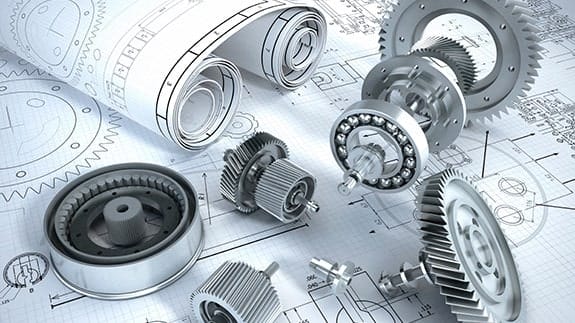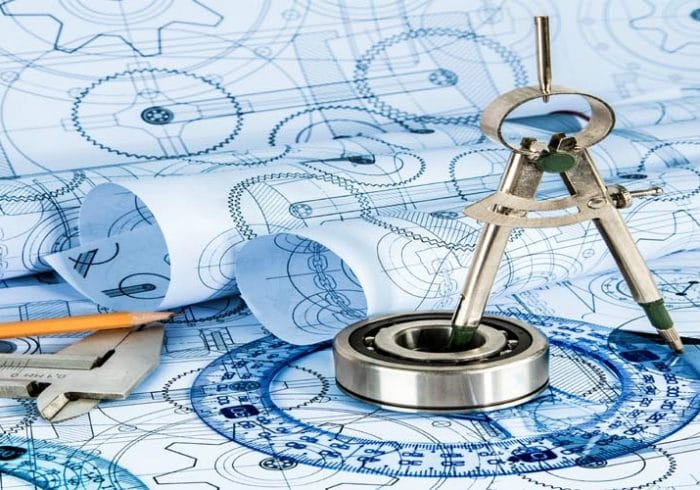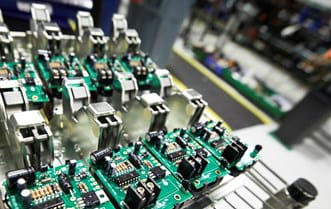Prototype development of your conceived product is vital. A product prototype is the first physical form of an imagined product idea. It enables the inventor to actually touch and feel the perceived product. It also allows the inventor to perform various tests and make necessary changes to make the final product better. Not to forget, a product prototype is a proof of concept, enabling the inventor to pitch to potential stakeholders about the conceived product and attract more funds for the mass production.
When it comes to product prototype development, it is helpful to consider the various tools available and the different processes used for making different parts of a conceived product. Product prototype development can be carried out using one of the following three methods: 3D printing (additive manufacturing), CNC machining (subtractive manufacturing), and plastic injection molding.
3D Printing
3D printing or additive manufacturing is one of the rapid prototyping techniques that constructs 3D objects by successively depositing material in layers such that it becomes a predefined shape. In the past few years, contemporary 3D printing has been very successful for rapid prototype development, but it is gradually starting to make its impact on the product manufacturing realm as well.
CNC Machining
CNC machining or subtractive manufacturing is a technique that constructs 3D objects by successively cutting away the material from a block of solid material. Typically, a CNC machine is employed in order to cut away the material and give a definite shape. Modern CNC machines utilize several tools and cut at three axes to nine axes such that they minimize the need for operators to flip the block. One of the cardinal benefits of CNC machining is the ability to construct predefined metal parts swiftly and accurately. 3D printing, in the case of metal, does construct parts accurately, but it is relatively slower than CNC machining. Therefore, for those product prototypes that require both plastic and metal parts, it is useful to use 3D printing for plastic parts and CNC machining for metal parts.
Plastic Injection Molding
Plastic injection molding is a popular technique that constructs an object by injecting the material, with high pressure, into a mold. Once the product design engineers finalize the product design, definitive molds are made from either steel or aluminum, which are then fitted on the injection molding machine. The material is then fed into the machine, which passes through the mold and ejects as the predefined shape.
Which Method Should You Employ?
Each method is better suited for different situations. For instance, suppose you want to build a single product prototype just to get the feel of your conceived idea, run basic tests, and/or prove your concept to potential stakeholders. In such a case, if it is all plastic, you can employ 3D printing. If it is all metal, you can employ CNC machining. If it is an amalgamation of both plastic and metal, then you can employ 3D printing to produce plastic parts and CNC machining to produce metal parts. You can then assemble the plastic and metal parts to form the prototype and do whatever you wish to do with the prototype.
Now, suppose you want to create several identical product prototypes, which contain both plastic and metal parts, for consumer testing and market research. In such a case, you will need to employ plastic injection molding for plastic parts and CNC machining for metal parts. Plastic injection molding enables you to produce a moderate quantity of parts quite swiftly and economically. Once you have both the plastic and metal parts, you can assemble them to form several identical prototypes, which you can use for consumer testing and market research.
Despite the popular methods available, product prototype development can be tough, especially if you do not have a definitive product design for your conceived product. Besides, testing product prototypes and making them better are also some of the difficult challenges, which you may not be able to face it on your own. For that reason, it is sensible to partner with a product development company that employs different rapid prototyping techniques, including 3D printing, CNC machining, and plastic injection molding.
GID Development Corporation is a leading product design and product development company in the US. They offer quick and economical product design, rapid prototyping, product development, and other product fulfillment services to inventors in the US as well as across the globe. When it comes to product prototype development, experienced industrial engineers at GID Development Corporation first utilize the 3DEXPERIENCE platform from Dassault Systèmes, which includes tools like CATIA V6, 3DVIA, BIOVIA, SOLIDWORKS, etc., to create and test product designs virtually. After achieving a definitive product design, the skilled industrial engineers employ 3D printing, CNC machining, plastic injection molding, or a combination of these methods to produce accurate product prototypes. The engineers at GID Development Corporation also have the experience and in-depth knowledge that help them test the prototype and make it better.
So if you need help with product prototype development, just contact GID Development Corporation. Whether it is a simple prototype development, like for sports products, or an intricate prototype development, like for complex electromechanical products or medical products, GID Development Corporation will “GET IT DONE!”
To learn more about the leading product design and product prototype development company in the US, GID Development Corporation.
Have any queries regarding product prototyping? Just call Jim Grimes at 714-323-1052 between 8:00 AM to 5:00 PM PST, for a 15-minute FREE telephonic conference. He will answer to various questions regarding rapid prototyping, 3D printing, CNC machining, and plastic injection molding.






